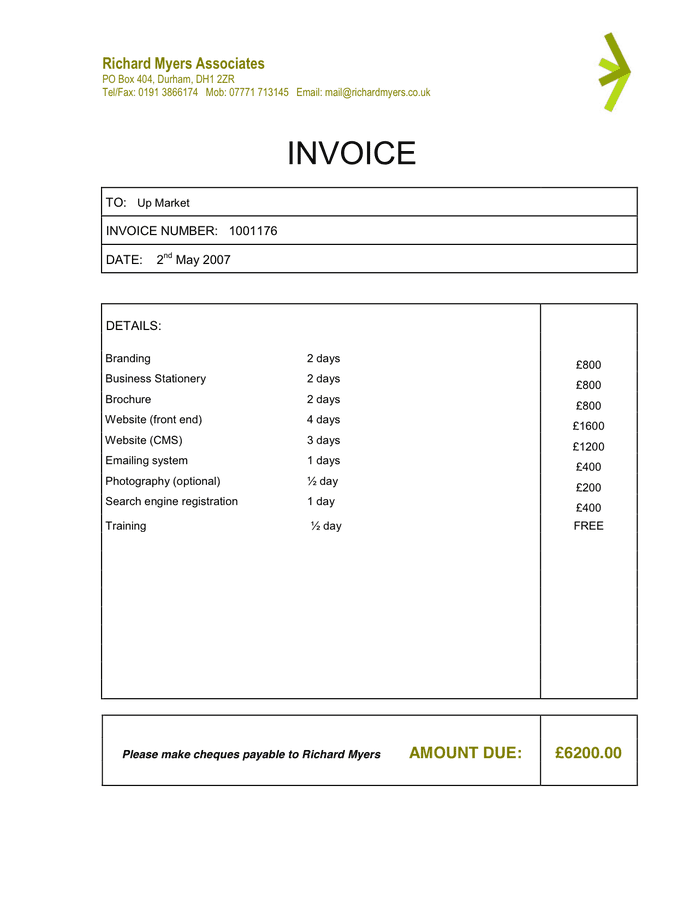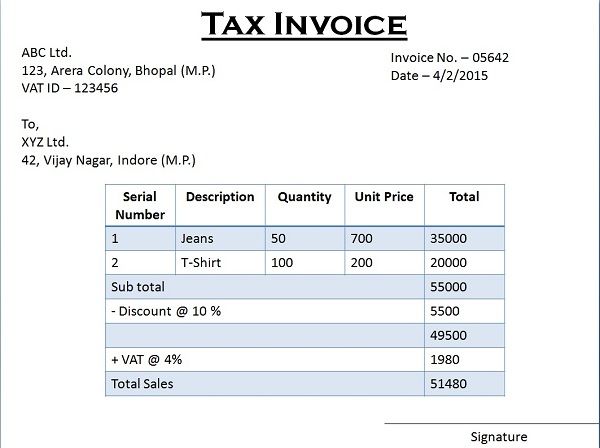
AWS cost and usage reports are pulled based on any connectors for AWS you may have configured.The cost allocation engine applies tag inheritance and splits shared costs.The anomaly detection model identifies anomalies daily based on normalized usage (not rated usage).The Billing experience allows you to review credits, manage your billing address and payment methods, pay invoices, and more – everything related to managing your billing relationship with Microsoft.Īfter discounts are applied, cost details then flow into Cost Management, where: Billing account and billing profile owners may be familiar with this process as part of the Billing experience within the Azure portal or Microsoft 365 admin center. It's where charges are finalized, discounts are applied, and invoices are published. While credit status is tracked as new charges flow into the data pipeline, credits aren't explicitly applied to these charges until the end of the month.Įverything up to this point makes up the billing process. For example, if your billing period ends on March 31, charges will be finalized on April 4 at midnight.Ĭredits are applied like a gift card or other payment instrument before the invoice is generated. The process starts 72 hours after your billing period ends, which is usually the last day of the calendar month for most accounts. At the end of the month, credits are applied and the invoice is published. It's the basis for what you see in Cost Management, but we'll cover that later. In general, if data for one service is slower than another, it's due to how frequently those services are publishing their usage and charges.Īs the data makes its way through the pipeline, the rating system applies discounts based on your specific price sheet and generates rated usage, which includes price and quantity for each cost record.

Each service publishes data on a different cadence. In the left side of the diagram, your Azure, Microsoft 365, Dynamics 365, and Power Platform services are all pushing data into the Commerce data pipeline. However, we'll focus on the pieces that make up your cloud billing account and how charges are processed within the system. It includes the sign-up and Marketplace purchase experiences. There are many inputs and connections to the pipeline. At its core, Microsoft Commerce is a data pipeline that underpins all Microsoft commercial transactions, whether consumer or commercial. To understand how Cost Management and Billing works, you should first understand the Commerce system.


Billing is available to anyone with access to a billing account or other billing scope, like billing profiles and invoice sections. And, to DevOps teams managing resources in subscriptions and resource groups.īilling is where you can manage your accounts, invoices, and payments. The availability includes anyone from the cloud finance team with access to the billing account. Cost Management is available to anyone with access to a billing or resource management scope. Microsoft Cost Management is a suite of tools that help organizations monitor, allocate, and optimize the cost of their Microsoft Cloud workloads.


 0 kommentar(er)
0 kommentar(er)
